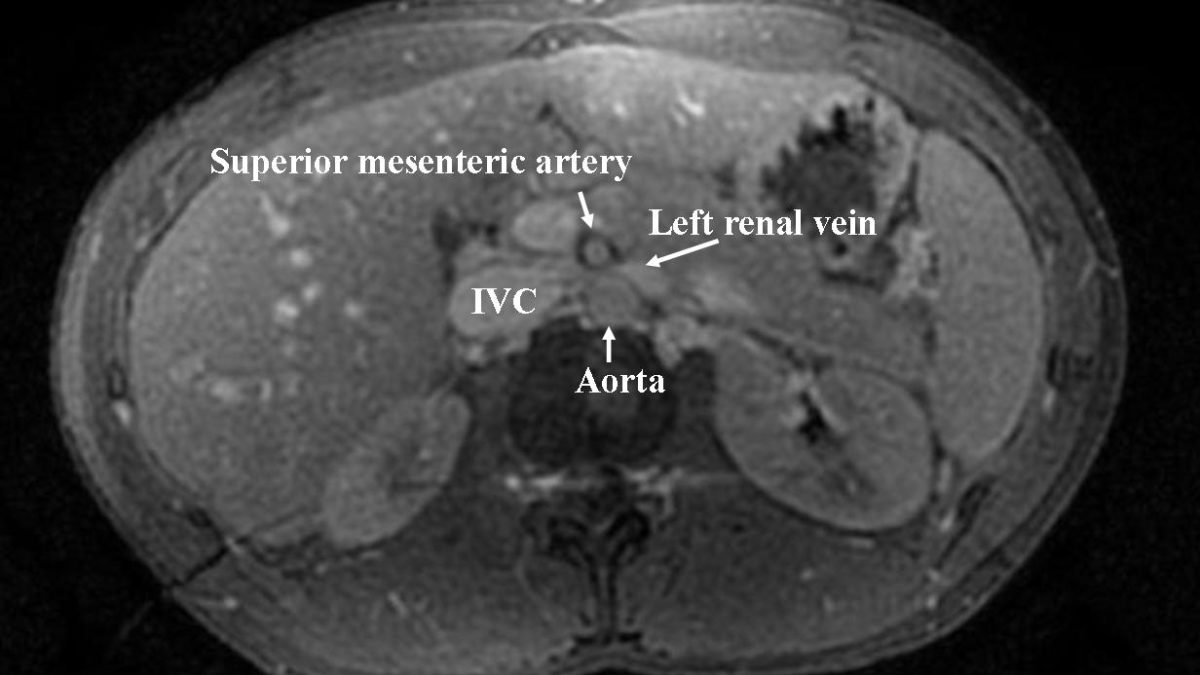

However, the young and the elderly were the most susceptible. The predicted number of deaths from respiratory illnesses, including COVID-19, in 2021 is 6 million. The COVID-19 pandemic, along with climate change, contributed to pneumonia, placing millions more at risk of catching the disease.

In 2019, 2.5 million people succumbed to pneumonia, including 672,000 children. Pneumonia is more common from autumn through spring since there are more incidences of colds and flu. A person who has a cold, flu, bacterial infection, or another infection may develop pneumonia as a subsequent ailment. It causes cough, fever, and breathing difficulties, among other symptoms. Pneumonia is a respiratory infection that can damage one or both lungs. This blog will help you recognise the symptoms of pneumonia, along with numerous treatment options. Even though rates of pneumonia have decreased in India, it remains a grave cause of morbidity in the country. India contributes 23% of the worldwide pneumonia burden, with case fatality rates ranging from 14% to 30%. Reviewed by Christopher W.Often thought of as something that one could never get, around 1,27,000 people succumb to pneumonia each year. Nebulizer treatments, as ordered by your child's primary care provider Intravenous (IV) fluids, if your child is unable to drink wellįrequent suctioning of your child's nose and mouth (to help get rid of thick secretions) While in the hospital, treatment may include: Some children may be treated in the hospital if they are having severe breathing problems. There is no clearly effective treatment for viral pneumonia, which usually resolves on its own.

Treatment may include antibiotics for bacterial and mycoplasma pneumonia. Your child's tolerance for specific medications, procedures, or therapiesĮxpectations for the course of the condition Your child's age, overall health, and medical history Specific treatment for pneumonia will be determined by your child's primary care provider based on: A culture of fluid sample taken from the pleural space (space between the lungs and chest wall) to identify the bacteria that cause pneumonia A procedure used to look inside the airways of the lungs A test that takes images of the structures in the chestīronchoscopy. The sensor is painless and the red light does not get hot.Ĭhest CT scan. When the machine is on, a small red light can be seen in the sensor. To obtain this measurement, a small sensor (like a Band-Aid) is taped onto a finger or toe. An oximeter is a small machine that measures the amount of oxygen in the blood. A sputum culture is often performed to determine if an infection is present. A diagnostic test performed on the material that is coughed up from the lungs and into the mouth. Blood count for evidence of infection arterial blood gas to analyze the amount of carbon dioxide and oxygen in the blood. A diagnostic test which uses invisible electromagnetic energy beams to produce images of internal tissues, bones, and organs onto film.īlood tests. Based on these factors, your primary care provider may diagnose simply on a thorough history and physical examination, but may include the following tests to confirm the diagnosis:Ĭhest X-ray. Other less common pneumonias may be caused by the inhaling of food, liquid, gases or dust, or by fungi.ĭiagnosis is usually made based on the season and the extent of the illness. Symptoms usually do not start with a cold, and may include the following:Ĭough that is persistent and may last three to four weeksĪ severe cough that may produce some mucus They generally cause a mild, widespread pneumonia that affects all age groups but more commonly in older children. This presents somewhat different symptoms and physical signs than other types of pneumonia. Viral pneumonias may make a child susceptible to bacterial pneumonia. Wheezing may occur and the cough may worsen. However, with viral pneumonia, the respiratory involvement happens slowly.

Respiratory syncytial virus, or RSV (most commonly seen in children under age 5)Įarly symptoms of viral pneumonia are the same as those of bacterial pneumonia. This is caused by various viruses, including the following: Many other bacteria may cause bacterial pneumonia including:īacterial pneumonia may have a quick onset and the following symptoms may occur: The streptococcus pneumoniae is the most common bacterium that causes bacterial pneumonia.


 0 kommentar(er)
0 kommentar(er)
